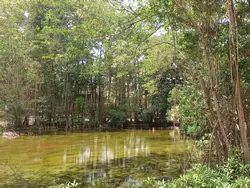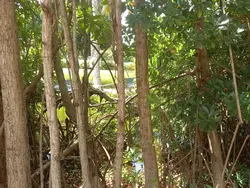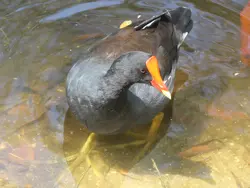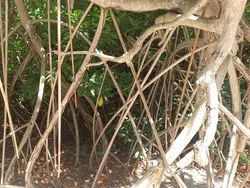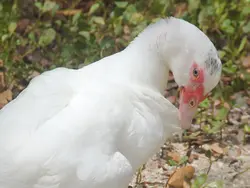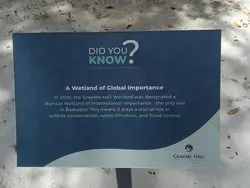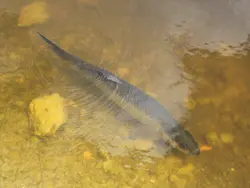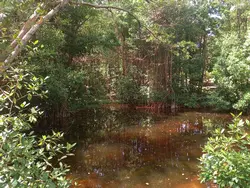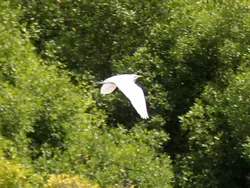Barbados Mangroves: Nature's Resilient Guardians
Mangroves can be found along the southern and western coastlines of Barbados. The play a key role in our coastal ecosystems, especially in helping to protect shorelines from storm surges and erosion, and providing habitats to birds and aquatic animals such as fish, turtles, frogs, and crustaceans.
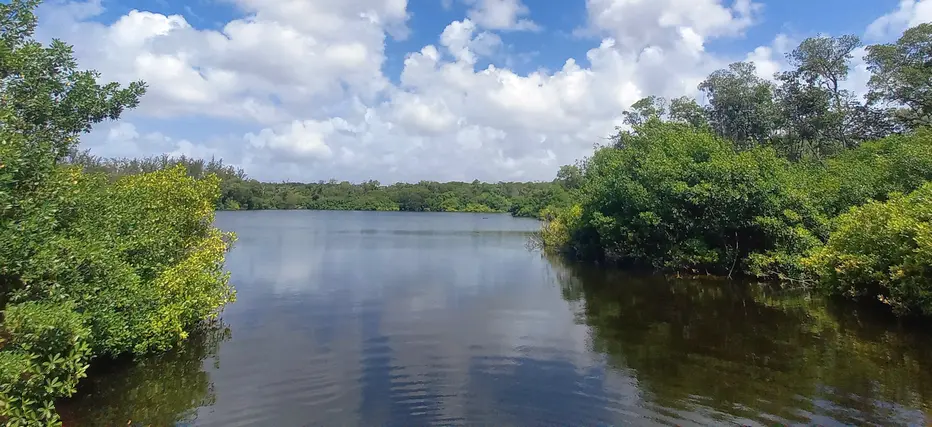
These salt tolerant trees flourish in brackish waters where coastlines meet land. Their complex stilt-like root system make them incredibly resilient and help stabilize shorelines. Mangroves absorb and store significant amounts of carbon dioxide, and are 10 times more effective at this than land forests. Three mangrove species are found in Barbados - Red Mangrove, White Mangrove and Black Mangrove.
The largest mangrove area of Barbados is the Graeme Hall Mangrove Ecosystem a 81 acre wetland on the south coast, which is recognized internationally under the Convention on Wetlands of International Importance. Radiocarbon dating reveals that red mangroves have prevailed in the wetland for at least 1300 years.
Graeme Hall is last remaining Mangrove Forest on the island. It also serves as a haven for native birds and migratory birds from North America.
Smaller mangroves are located at Chancery Lane Swamp, Holetown, and Brighton.
After the arrival of English settlers in 1627 most of Barbados was deforested to make way for sugar plantations. Later development of hotels along the coastlines further negatively impacted the mangroves and wetlands. However a Mangrove Restoration project is underway at Walkers Reserve on the east coast of Barbados with an aim of rehabilitating the remaining mangrove ecosystems.
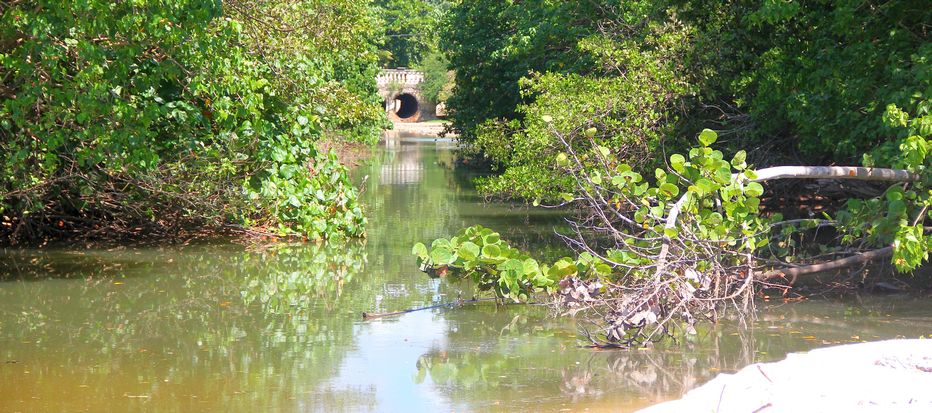
Benefits of Mangroves
✔️ absorbing carbon dioxide
✔️ trapping sediments and pollutants
✔️ improving water quality
✔️ natural buffer against high waves, tides, and storms
✔️ supporting biodiversity







